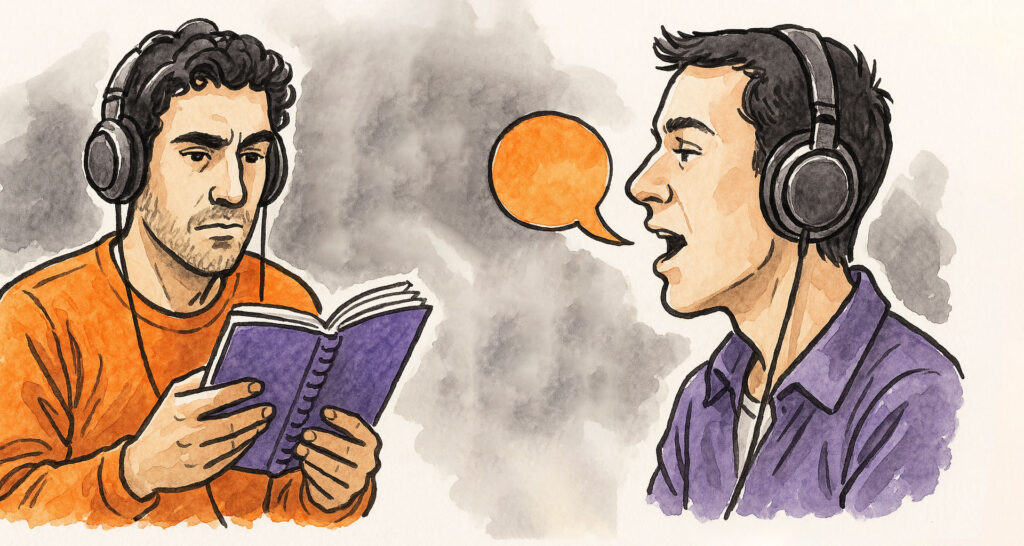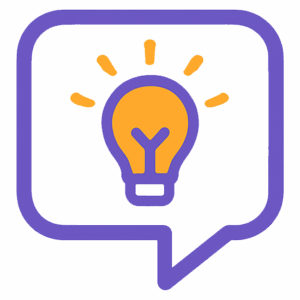Learning a new language can feel like climbing a mountain. At first, the excitement drives you forward, but somewhere along the way, the endless vocabulary lists, tricky grammar rules, and confusing pronunciation patterns can make you feel stuck. The problem often isn’t effort but approach.
Recent research in psychology and linguistics shows that how you study matters as much as how much you study. Some techniques can help you retain information, build confidence, and reach fluency faster. Let’s explore ten science-backed strategies that make language learning more effective and enjoyable.
1. Spaced Repetition: Learn Less, Remember More
Have you ever learned a word perfectly today and forgotten it next week? That’s your brain following the forgetting curve, a pattern first discovered by psychologist Hermann Ebbinghaus. Unless we revisit information, our memory fades quickly.
Spaced repetition helps you beat this natural decline. Instead of reviewing material every day in a single burst, you revisit it at gradually increasing intervals. This way, you refresh your memory just before it fades, strengthening the neural connections each time.
For example, if you learn the word “serendipity” today, review it tomorrow, then three days later, then a week after that. Apps like Anki, Memrise, or LanGeek flashcards use this principle automatically, calculating the best time to review. A 2022 study at UC San Diego found that learners who used spaced repetition remembered 40% more vocabulary after a month compared to those who relied on cramming.
2. Active Recall: Test Yourself Instead of Rereading
Rereading notes or vocabulary lists feels productive, but it’s deceptive. What really strengthens memory is pulling information out of your mind without looking. This process is called active recall.
Instead of scanning your list of irregular verbs, close your book and try to write down as many as you can from memory. After reading a grammar explanation, challenge yourself to come up with original example sentences without checking the rules. Flashcards are perfect for this too—look at the English word, pause, and recall the translation or definition before flipping the card.
A study published in Science in 2013 showed that students who tested themselves scored 50% higher than those who simply reread their notes. The effort of recalling information signals to your brain that it’s important, locking it into long-term memory.
3. Interleaving: Mix It Up for Better Retention
It feels intuitive to spend an entire session on just one skill, like memorizing 50 new words or drilling one grammar rule for an hour. But research suggests that mixing different skills in a single session, known as interleaving, is far more effective.
Imagine a 45-minute study block: spend 15 minutes on grammar, 15 on vocabulary, and 15 on listening. Switching topics forces your brain to work harder, which creates stronger connections and improves flexibility.
A 2019 MIT study found that students who practiced interleaving performed significantly better on language tests because their brains were better trained to distinguish between similar concepts. It feels less smooth while studying, but that “struggle” is what makes the learning stick.
4. The Pomodoro Technique: Short Bursts, Better Focus
Long, unbroken study sessions can leave you mentally drained without much to show for it. The Pomodoro Technique offers a smarter alternative. Set a timer for 25 minutes and focus on one task, then take a 5-minute break. After four cycles, take a longer break.
These short bursts help maintain high levels of concentration while preventing burnout. A University of Illinois study showed that taking regular breaks protects against “vigilance fatigue,” meaning you can sustain productivity for longer without feeling exhausted.
5. The Feynman Technique: Explain It Like You’re Teaching
Richard Feynman, the Nobel-winning physicist, believed that if you can’t explain something simply, you don’t understand it well enough. This idea applies perfectly to language learning.
Pick a grammar topic or a set of vocabulary words and try teaching them to someone else—or pretend you’re explaining them to a child. Use simple words, clear examples, and avoid jargon. If you get stuck, you’ve found a gap in your understanding, and that’s exactly where you need to focus next.
For example, try explaining the difference between the past simple and present perfect tenses without looking at your notes. If you hesitate, review, simplify, and try again. Teaching forces you to organize knowledge in your mind, making it easier to recall later.
6. Dual Coding: Learn Visually and Verbally
Our brains process visuals much faster than text alone. When you combine words with images, you create two pathways for memory instead of one, a concept known as dual coding.
For vocabulary, connect new words to images rather than just translations. If you’re learning the word “gloomy,” associate it with a picture of a cloudy sky or a sad cartoon face. For grammar, create diagrams that visually represent sentence structures.
Mind maps are another powerful tool: start with a main topic, like “travel vocabulary,” and branch out to related words, phrases, and expressions. This visual context makes information easier to retrieve later.
7. Shadowing: Train Your Ear and Your Mouth

Pronunciation and listening often improve together, and one of the most effective techniques for both is called shadowing. It involves listening to native audio and repeating it immediately, trying to match speed, rhythm, and intonation.
Start with short recordings—podcasts, TV dialogues, or news clips. Play a sentence, pause, and repeat it aloud, imitating every detail of the speaker’s delivery. Record yourself and compare it to the original.
A 2020 study in Applied Linguistics found that learners who practiced shadowing regularly improved both their listening comprehension and spoken fluency faster than those using traditional drills. It feels challenging at first, but it trains your mouth and ear to work together naturally.
8. Learn Vocabulary in Context
Memorizing isolated word lists might feel efficient, but it rarely leads to fluency. Words are best learned in context, where you also absorb their natural usage, collocations, and tone.
Instead of just memorizing that “meticulous” means “careful,” learn it through a sentence like:
“She was meticulous about checking every detail.”
Reading graded texts, watching movies, or listening to podcasts exposes you to words as they’re actually used. A 2021 Cambridge study showed that learners who studied vocabulary through context remembered 30% more after two weeks compared to those who relied on single-word memorization.
9. Retrieval Journaling: Summarize From Memory
Keeping a learning journal can do more than track progress. When used for retrieval practice, it becomes a powerful memory tool. After each study session, close your books and apps and write down everything you remember: new words, grammar rules, expressions, or cultural notes.
By reconstructing knowledge from memory, you strengthen recall and expose areas that need more attention. Reviewing your journal later adds a second layer of spaced repetition, making your study time even more effective.
10. Build Small, Consistent Habits
The best study techniques mean little without consistency. Research from Cambridge University in 2020 shows that learners who built small, daily habits outperformed those who relied on occasional long sessions.
Set realistic, specific goals. Instead of vague promises like “I’ll study more,” commit to “15 minutes of listening practice every evening” or “learning five new words before breakfast.” Track your progress with apps, calendars, or habit trackers. Small wins build momentum, and momentum builds fluency.
Putting It All Together
Here’s how a one-hour daily routine might look if you combine these techniques:
- 10 minutes of flashcards using spaced repetition
- 15 minutes of listening and shadowing
- 15 minutes mixing grammar and vocabulary practice
- 10 minutes of active recall and retrieval journaling
- 10 minutes reviewing goals and planning tomorrow
This balanced approach trains multiple skills at once while keeping sessions focused and productive.

